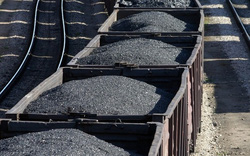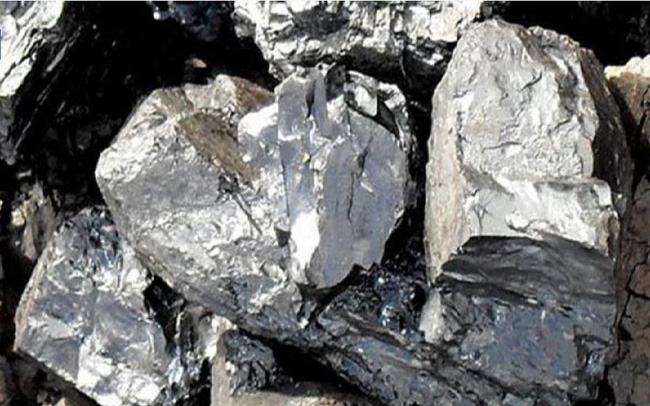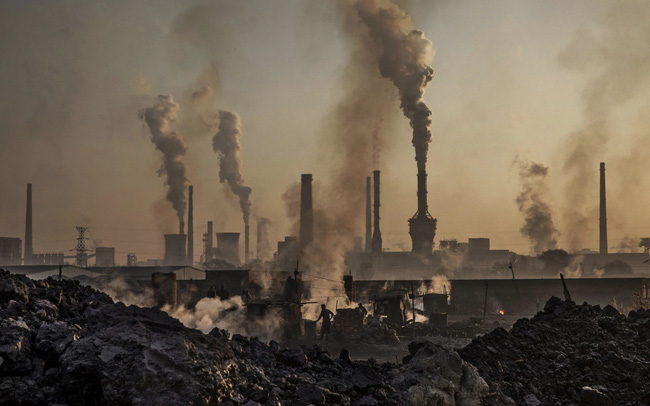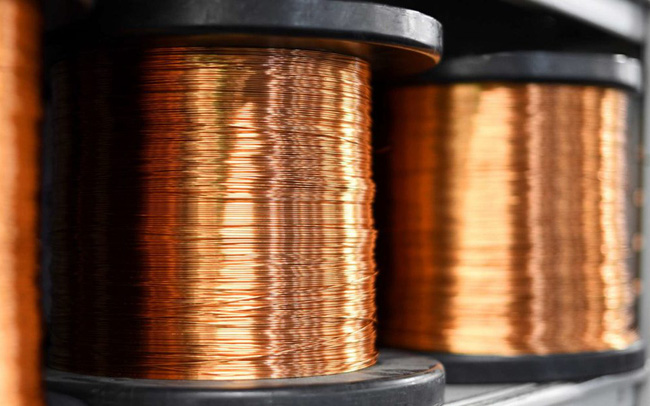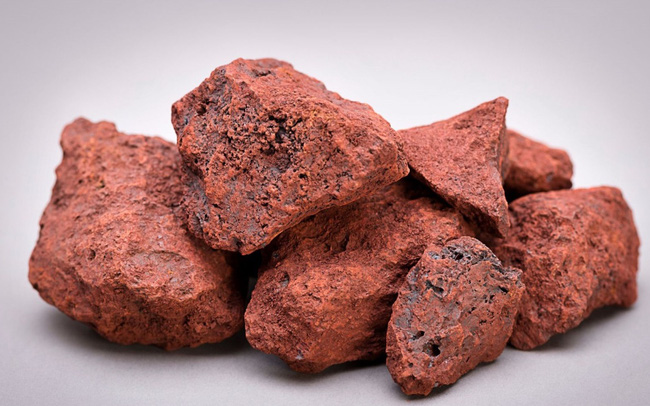The US opened its reserves for the first time in coordination with other major consumers such as China, India, Japan and others but with a smaller amount of “released” oil.
US Energy Secretary Jennifer Granholm said on November 30 that the strategic oil reserve was a tool the country could use to address the unusual supply-demand imbalance when the administration of President Joe Biden wants to focus on less volatile energies.
Last week, Mr. Biden announced that the US would export 50 million barrels of oil from the strategic petroleum reserve. About 32 million barrels of this “released” oil will come in the form of a loan that oil companies will return to storage and the remainder will be a sales increase approved by Congress.
The US opened its reserves for the first time in coordination with other major consumers such as China, India, Japan and others but with a smaller amount of “released” oil.
Earlier, calls from US government officials for producing countries such as Saudi Arabia and Russia to increase output to meet demand as the global economy recovers from the effects of the pandemic has are not complied with.
The US opened up its oil reserves at a time when oil prices were at $80 a barrel, well below the record $147 a barrel in 2008, prompting some analysts to say this could hurt investment in the US. mining projects, including in the US, when it shows that 80 USD/barrel will be the upper market price threshold.
Granholm said the US does not control oil prices but aims to increase supply in the short term and the long-term goal of the government is to invest in clean energy.
T&G International Joint Stock Company
Address: 352 Hue Street, Le Dai Hanh Ward, Hai Ba Trung District, Hanoi
Hotline: 0345786803
Email: hrm@tginterjsc.com
Website: http://tginternationaljsc.com



